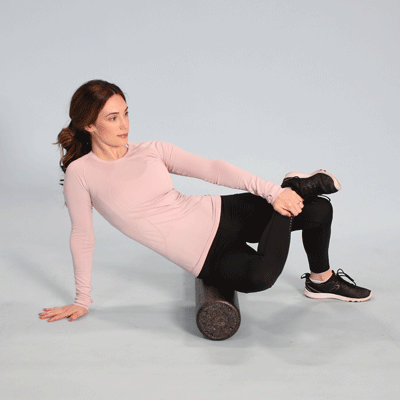If you’ve got sciatica, you know that the struggle is real. Sciatica symptoms often come with a lot of frustrating muscle stiffness and pain that makes it hard to lead a normal life. Using a foam roller for sciatica pain can be a great tool for getting on track to recovery. What’s great about a foam roller is that it doesn’t cost much and you can use it in the comfort of your own home.
What Does it Do?
Foam rolling is a technique that involves rolling up and down, or holding sustained pressure, on certain areas and muscles. Sciatica usually involves tight calves, hamstrings, glutes, and lower back muscles. A foam roller is a perfect tool for addressing all these problem areas in your legs. But, we don’t recommend using one directly on your lower back due to the strain it can put on your spine.
What are all the benefits?
- Increased circulation to affected areas to promote healing
- Improved tissue extensibility to relieve back pain
- Muscle relaxation
- Improved muscle balance
How Do I Use It?
There are two primary ways you can use a foam roller, rhythmic rolling or sustained pressure. Either way, you will use it on a specific muscle group with the following set up:
- Lay the foam roller on the floor in an area where you have plenty of space to move and stretch.
- Sit in a position that allows you to easily reach the muscle group you want to address (for example sit with the roller behind you for your glutes or upper back, versus facing it for your calves or hamstrings).
- Use your arms to lift your rear end just slightly off the ground. This will help facilitate either a back and forth rolling movement or allow you to roll until you find a sore spot.
- Once a sore area is located, then relax and ground yourself back into the floor as you hold that specific position.
- The pressure of a foam roller can be hard to tolerate at first. You can modulate the amount of pressure by putting more weight through your arms or leaning less into the roller itself.
- Alternatively, you can use more of your body weight or leaning strategies to intensify the pressure as well.
If you’re not sure how to start don’t hesitate to come in a visit our physical therapy office. Our expert therapists can teach you exactly which muscles and which techniques to use at home with your foam roller.



